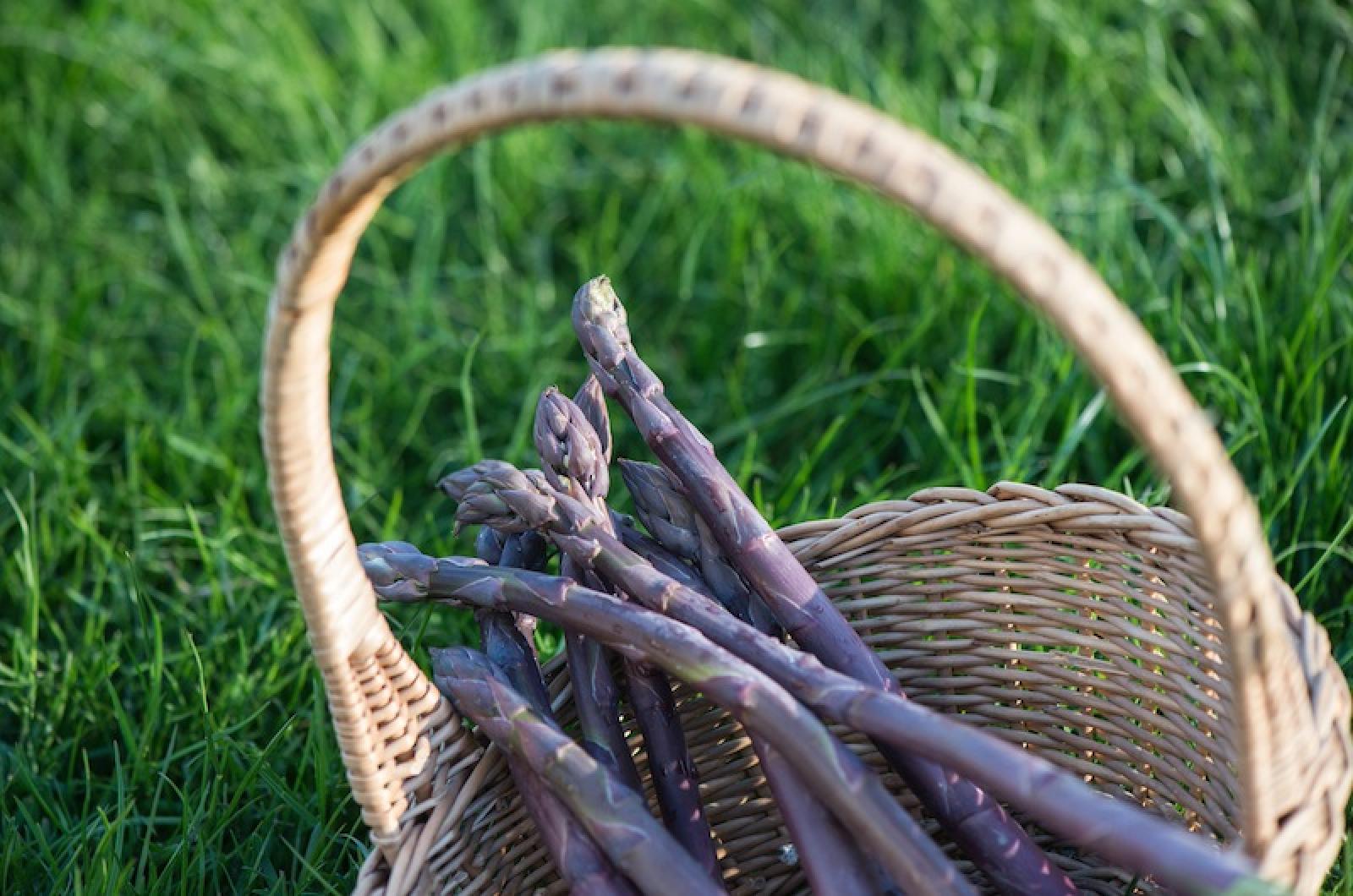“Pray how does your asparagus perform?” John Adams asked in a letter to his wife Abigail. She might have asked him the same question.
Asparagus has been known as an aphrodisiac throughout history. And while it is a favorite that I eat as often as possible, we all could do well to consume this vegetable on Valentine’s Day.
It may be due to its appearance or perhaps there is something else that gives this sturdy spear its racy reputation.
Early on, during the 15th and 16th centuries, two sex manuals suggested its consumption. In the 17th century, English herbalist Nicholas Culpepper observed, “Asparagus stirs up lust in man and woman.” French bridegrooms in the 19th century ate three courses of asparagus at prenuptial dinners to prepare for their big night.
These sexy spears were in great demand. Perhaps it was because of their nutritional value — a great source of potassium, fiber, folic acid, vitamins A, C, B6 and thiamin — that led folks to believe that they would strengthen sexuality. Or maybe because histamine production in the body increased after their consumption, and histamines were deemed necessary to reach orgasm in both genders.
The growth habit of asparagus could also have been a factor in its popularity. Farmers knew that each spear grew quickly, up to 7 inches per day, and suggested taking care when cutting them in the field so as not to get poked in the derriere by their fast growing form.
Asparagus is not the only food beginning with the letter "a" with a penchant for passion. Avocados are another amorous “a” known to have aphrodisiac attributes.
David Fairchild, an American botanist, noted: “The avocado is a food without rival among the fruits, the veritable fruit of paradise.”
This might be another case of form fueling function. Avocados work for both genders. They have been described as “shapely as a woman,” and those that have seen them on the tree would agree with the Aztecs, whose name for them was Ahuacatl, meaning “testicle,” since they hang low in pairs.
Aztec families forbade virgin daughters from going into the avocado orchard during harvest season, due to the fruit’s association with sexuality and fertility. However, avocados were a common and appreciated gift for the new bride.
Avocados also boast many nutrients, including B6, which increases production of male hormones, and potassium, which regulates the thyroid gland in women. Vitamin E and protein also add to their nutritional punch.
Making them even more desirable is the avocado’s environmental enhancement. One avocado tree can produce more than 260 pounds of oxygen and absorb large amounts of carbon dioxide. Two trees can produces enough oxygen for a family of four for one year, and can absorb the amount of carbon dioxide produced by one car in four years (50,000 miles worth). And for this environmentalist and food lover, there is nothing more sexy than that!
Suzan Bellincampi is director of the Felix Neck Wildlife Sanctuary in Edgartown.





Comments
Comment policy »